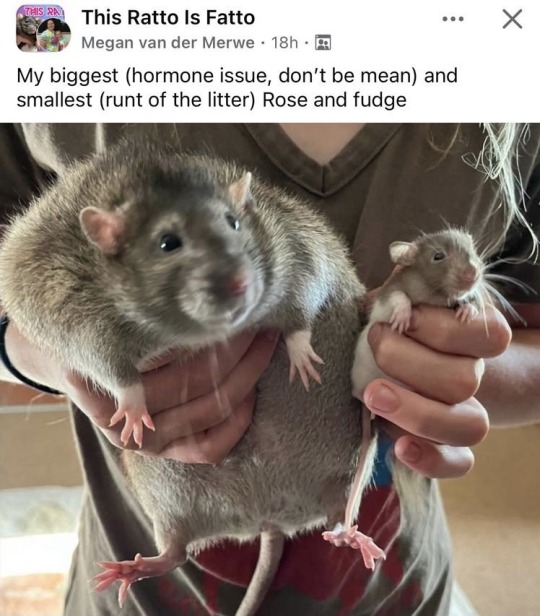30-something former Grad Student. Semi-professional curly-haired doofus. Excessively verbose, perpetual student, scientist, SCIENCE!-tist. Lover of music, all things nerdy and all things strange. Dice Goblin Extraordinaire. Dice Sideblog: gobs-o-dice D&D/TTRPG Characters Based on those dice sideblog: gobs-o-cs He/Him I got opinions! [Blogs got hacked and deleted in October. Probably about as fixed as I can do]
Last active 60 minutes ago
Don't wanna be here? Send us removal request.
Text

Hoardscape of the Day
3 notes
·
View notes
Text

Hoardscape of the Day
1 note
·
View note
Text

Hoardscape of the Day
1 note
·
View note
Text

Hoardscape of the Day
1 note
·
View note
Text
best m/f dynamic is a flamboyant bisexual show-off desperately in love with an extremely practical girl who’s difficult to impress 🤩
53K notes
·
View notes
Text

Hoardscape of the Day
7 notes
·
View notes
Text

Hoardscape of the Day
4 notes
·
View notes
Text

Hoardscape of the Day
2 notes
·
View notes
Text

Hoardscape of the Day
2 notes
·
View notes
Text

Hoardscape of the Day
1 note
·
View note
Text

Hoardscape of the Day
1 note
·
View note
Text

Hoardscape of the Day
13 notes
·
View notes
Text

Hoardscape of the Day
2 notes
·
View notes
Text

Hoardscape of the Day
1 note
·
View note
Text
i'm the guy who writes the books that the protagonist in supernatural horror movies frantically reads somewhere in act ii. job's pretty easy. lot of "legends of vampires have recurred all throughout human history" and "demonologists agree that the quickest way to un-summon a demon is to trap it in a cursed object". no citations of course; they don't pay me citation money. i had to learn html back in the early aughts when everyone started seeking their supernatural info on websites they found via top search engines like FINDLER and WEBSIGHT but that's died down now which is great because i didn't have it in me to pick up css. currently working on a new book about horses that are evil. it's called HORSES THAT ARE EVIL in all caps so the protagonist can find it quickly to yank off the library shelf. it will be published 35 years ago.
62K notes
·
View notes
Text

Hoardscape of the Day
4 notes
·
View notes
